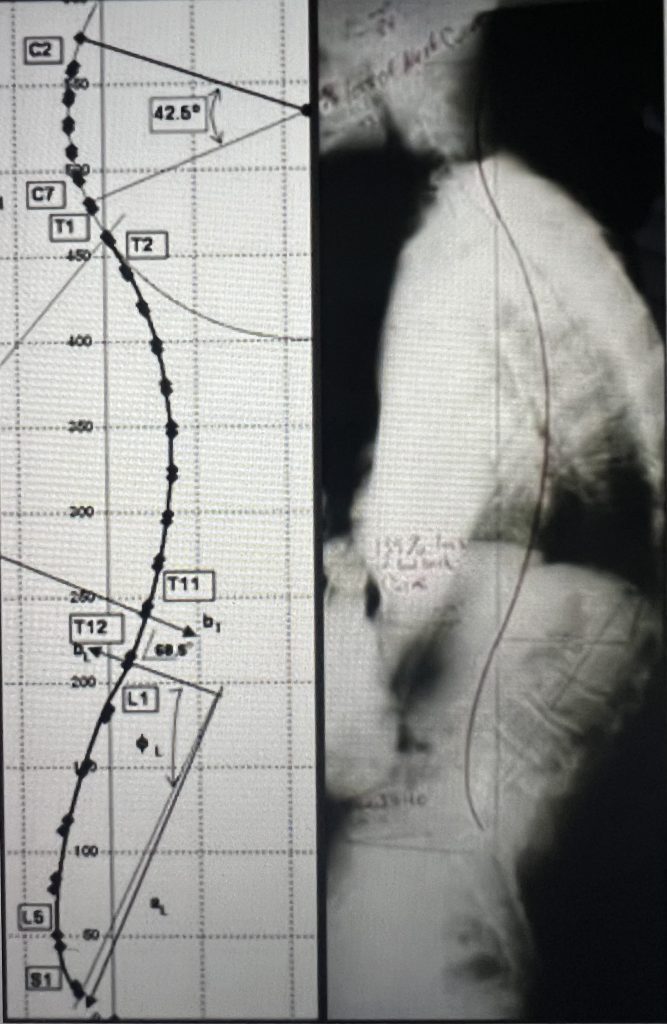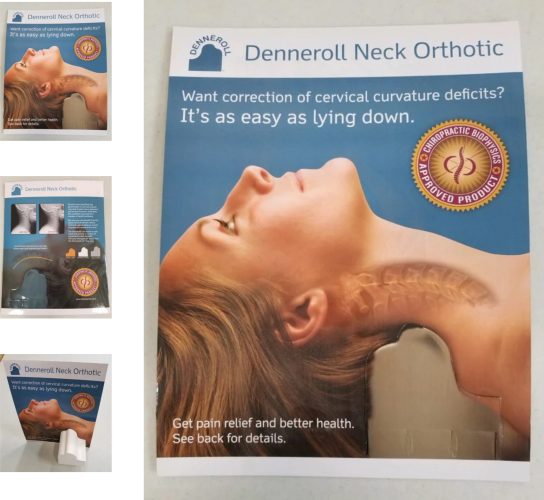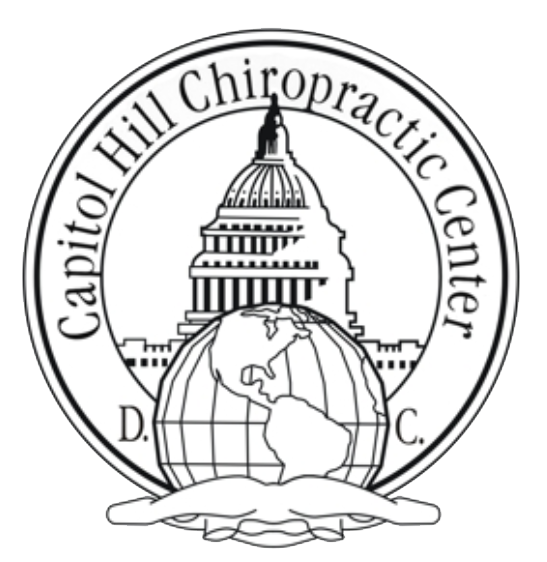Chiropractic E-Commerce
Abundant CBP chiropractic research has made plain that our alignment and posture fall into two categories. One is how straight upright we stand. Do we slump? When we stand against a wall does our head, mid back, buttocks and heels all touch the wall comfortably? If not, we must work for this.
But this is not enough. Many people have good straight posture, but x-ray reveals they have a ramrod spine with none of the critical three curves for engineering stress- relief for the spinal cord. The second category of structural wellbeing lies in “Do we have the precise three curves for adequate spinal/functional health?” This lack of the proper three curves is a real problem for those where CBP chiropractic is unavailable.
At this time, idealspine.com will not sell CBP Denneroll spinal curve regainer products to unauthorized persons (non-chiropractors) for the legitimate reason that they cannot be used optimally without a CBP specialist analyzing the need and optimal placement for the postural improvement. We are hoping to nd some solution. Denneroll imitations can be found on the internet, but none of their effectiveness has been rigorously proven with pre and post xray as in the case of the Denneroll.


References of Interest
I feel no one will any longer argue that the human body does not possess a biointelligent core substantially contained in the brain and nervous system, and that this functional integrity works to prolong life at the highest level given how we stress it. Here is a partial reading list that only scratches the surface of the thousands of papers and texts that now describe how this complex functional integrity is wholly impacted by structure:
- Case Studies in Chiropractic MRI, Kent C., Vernon L., International Chiropractic Association, 1998.
- Increase in Cerebral Blood Flow on Brain Magnetic Resonance Angiogram Following Correction of Cervical Lordosis - https://pubmed.ncbi.nlm.nih.gov/ 31001596/, Katz E., Katz S., Fedorchuk C., Lightstone D., Banach C, Brain Circulation, 2019 Jan-Mar;5(1):19-26. doi: 10.4103/bc.bc_25_18. Epub 2019 Mar 27.
- The Evidence of the Association, in Dissected Cadavers, of Visceral Disease with Vertebral Deformities of the Same Sympathetic Segments, Winsor H, Medical Times, November 1921, pgs 1-7, 50 cadavers, U of Penn, minor curves more a problem than gross curves, thymus, pleurae, lung, heart, pericardium, stomach, liver, gall bladder, pancreas, spleen, inguinal, kidney, prostate, bladder, uterus, skin, cancers, total disease 139, 100%, altered blood supply, vaso-motor spasm, brous/callous exudates irritate symps, curvatures preceded organic disease, “This disease appears to precede old age and to cause it. The spine becomes stiff rst and old age follows. Therefore, we may say a man is as old as his spine, the arteries becoming hardened later from constant vaso-motor spasm, following sympathetic irritation.” Including “sclerosis of the carotid vessels and softening of the frontal lobe on one side with atrophy of the brain, in an old woman.” In addition - 22 cats anesthetized, spine hyperextended, aorta ceased to pulse; aorta severed - no bleeding - spine exed, “aorta spurted in jets,” ex-ext tried repeatedly same results. Spine xation affects blood supply. Posture distortions causing sympathetic dysfunction can be treated with fulcrum-assisted reversal of the postural distortion!
- Paper has been accepted and scheduled for publication; author Katz E
- Korr IM, The Spinal Cord as Organizer of Disease Processes: III. Hyperactivity of Sympathetic Innervation as a Common Factor in Disease, Journal American Osteopathic Association, December 1979; 79(4): pgs 232-237
- The Sympathetic Nerve—An Integrative Interface between Two Supersystems: The Brain and the Immune System, Elenkov I, Wilder R, Pharmacological Reviews, Vol. 52, No. 4, 41/865371.
- Elaborate Interactions Between the Immune System and Nervous Systems (Review), Steinman L, Nature Immunology 5, May 2004, pgs 575-581, extensive communication, vagus, sympathetics to immune in spleen, liver, bone marrow, thymus, lymph nodes, skin and GI, much is known
- Immunology at a Glance, Playfair J, Chain B, Eighth Edition, Blackwell Publishing, 2005
- Immunology, A Short Course, Coico R, Benjamini E, Wiley-Liss, 2003, pgs 11-18, Innate imm rst line, almost all substances, present from birth; adaptive/acquired imm picks up second line, T and B cells/immunoglobulins, protein cytokines activate elite ghters, “Most microbes encountered daily in the life of a healthy individual are detected and destroyed within minutes to hours by innate defenses mechanisms,” pg 11, “Innate immunity is an attribute of every living organism,” pg 18, “Not eliminated by innate picked up by adaptive,” pg 18. Macrophages (monocytes), neutrophils, natural-killer cs.
- Neural Regulation of Innate Immunity: a coordinated nonspecic host response to pathogens, Nature Reviews Immunology, Sternberg E, April 2006, pgs 318-328, article has 140 references, CNS and innate immune system interact for early response, rst line is ns release of neuropeptides; inefcient of HPA axis adverse to immunity, SNS component regs immunity, noradrenaline up, NK-cells, monocytes, B and T cells down; ns turns off immune so that no overreaction, allergy asthma autoimmune; ACCEPTED: ns regulates immunity, vital roles health and disease; stressed ns opens door to uncontrolled infection; immune cell maturation; MOST OF SNS effects are immunosuppressive.
- [Related:] 1) Reduced Reactivity and Enhanced Negative Feedback Sensitivity of the HPA axis in Chronic Whiplash-Associated Disorder, Pain, Gaab J, Baumann S, Vol. 119, Issues 1-3, December 2005, pgs 219-224, WAD lowers immunity, chronic mech stress immunosuppressive
- Endocrinology, Brook C, Marshall N, Blackwell Science, 2001, pgs 37-38, pg 47, all parts of brain feed into brain stem inuencing basic health, reduced cortisol ups inflam.
- Stress, Immune Function, and Health, The Connection, Rabin B, Wiley-Liss, 1999 “Healthy person response rapid efcient (acute inammation) xes before adaptive, impaired individual chronic inamm pg 70, when innate fails and adaptive = symptoms, symp increase immune drops pg 114, hypothalamus activates symps - catecholamine release in lymphoid, pg 129.
- Mind Over Matter - Regulation of Peripheral Inammation by the CNS, Schafer M, Stein C, Birkhauser Verlag, 2003, sympathetic innervate every organ control diverse pg 89, stimulate symps promotes inamm alters ns pg 126, catecholamines hurt T cells pg 73, immunosuppressive pg 74, Th1/Th2 balance pg 75, switch to IgE pg 78, symps infections/pathogenesis/autoimmune/atopic/allergy/atherosclerosis/ tumor growth,pg 80, stress/PGE2 symps catechols pg 21 —ANY trauma accelerates PGE2, nociceptive neuronal gene expression, receptive eld enlargement, maladaptive central synaptogenesis, increase SNS, vasoconstrict and immunosupress.
- Neural Regulations of Innate Immunity: A Coordinated Nonspecic Host Response to Pathogens, Sternberg E, Nature Reviews Immunology, April 2006, pgs 318-328, CNS regs via neural/hormonal routes, cohesive/integrated, rst line neuropeptides, stress yields glucocorticoids immunosuppressive apoptosis, SNS regs immune, excess bad, healthy NS normally regs, now accepted balance CNS/PNS reg disease/ health, immune maturation
- It Takes Nerve to Tell T and B Cells What to Do, Journal of Leukocyte Biology, Kin N, Sanders V, Vol. 79, June 2006, doc ties between brain and immune, communicate for homeostasis, dysregulation of coms contributes to disease and progression, overly robust misdirected response leaves immune compromised; 113 references.
- Practicing Chiropractors Committee on Radiology Protocols (PCCRP) Guidelines.


